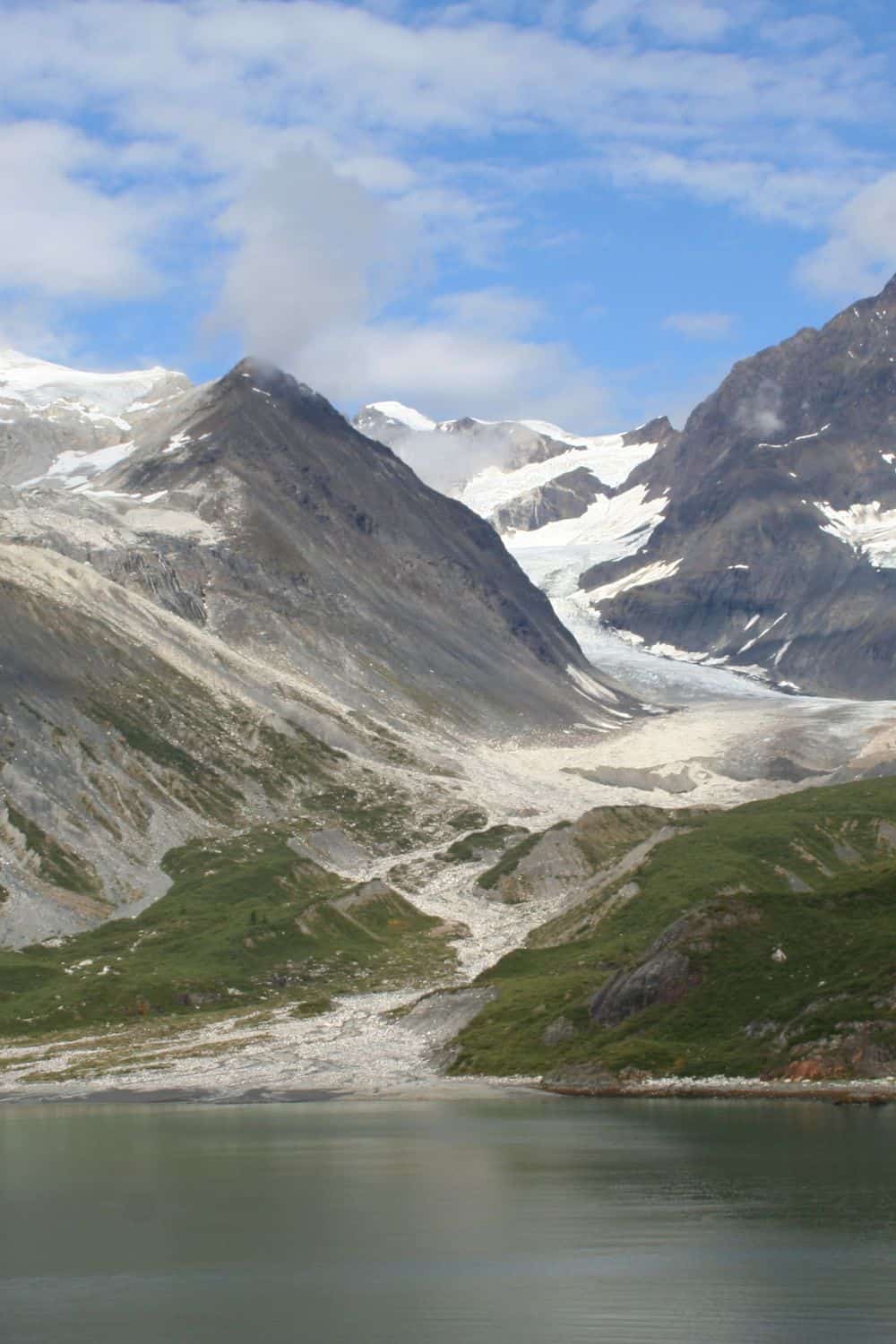
Glacier Bay National Park in Alaska is a popular destination for outdoor enthusiasts looking to experience the beauty and wonder of the Alaskan wilderness. The park offers a variety of hiking trails that range from easy to strenuous, with stunning views of glaciers, mountains, and wildlife. Here are some tips for hiking in Glacier Bay National Park.
- Plan your hike
Before heading out on a hike in Glacier Bay National Park, it is important to plan your route and prepare for the conditions. Research the trail you plan to hike, and check the park’s website for updates on trail conditions and closures. Make sure to bring a map, compass, and GPS device to navigate the trail, and plan to hike with a partner or group. Inform someone of your hiking plans, including your expected return time, and bring a first aid kit and other safety equipment.
- Be prepared for changing weather conditions
Glacier Bay National Park is known for its unpredictable weather, with sudden changes in temperature, wind, and precipitation. Be prepared for changing weather conditions by bringing appropriate clothing and gear, including rain gear, warm layers, and sturdy hiking boots. Avoid cotton clothing, which retains moisture and can lead to hypothermia in cold and wet conditions.
- Respect wildlife
Glacier Bay National Park is home to a variety of wildlife, including bears, moose, mountain goats, and eagles. When hiking in the park, it is important to respect the wildlife and give them plenty of space. Make noise as you hike to alert animals to your presence, and do not approach or feed them. Keep a safe distance and avoid getting between a mother and her young.
- Stay on designated trails
To minimize impact on the fragile ecosystem of Glacier Bay National Park, it is important to stay on designated trails. Do not cut switchbacks or create new trails, as this can lead to erosion and damage to the ecosystem. Follow Leave No Trace principles by packing out all trash and leaving the trail and surrounding area in its natural state.
- Carry bear spray
Bears are a common sight in Glacier Bay National Park, and it is important to be prepared in case of a bear encounter. Carry bear spray, which is a form of pepper spray that can deter a bear if used correctly. Make sure to learn how to use bear spray before heading out on a hike.
- Start early
To avoid crowds and maximize your time in the park, start your hike early in the day. Many trails in Glacier Bay National Park can take several hours or even a full day to complete, so starting early will give you plenty of time to enjoy the scenery and wildlife.
- Know your limits
Glacier Bay National Park offers a range of hiking trails, from easy to strenuous. It is important to know your limits and choose a trail that matches your skill level and fitness level. Take breaks as needed and stay hydrated to prevent fatigue and injury.
- Pack enough food and water
When hiking in Glacier Bay National Park, it is important to pack enough food and water to stay energized and hydrated. Bring snacks that are high in protein and carbohydrates, such as trail mix, energy bars, and fruit. Carry at least 2 liters of water per person, and plan to refill your water supply at designated water sources along the trail.
- Leave a trip plan
Before heading out on a hike in Glacier Bay National Park, make sure to leave a trip plan with someone back home. Include details such as your planned route, expected return time, and emergency contact information. Check in with your emergency contact when you return from your hike.
- Consider a guided hike
If you are new to hiking or unfamiliar with the terrain in Glacier Bay National Park, consider taking a guided hike.